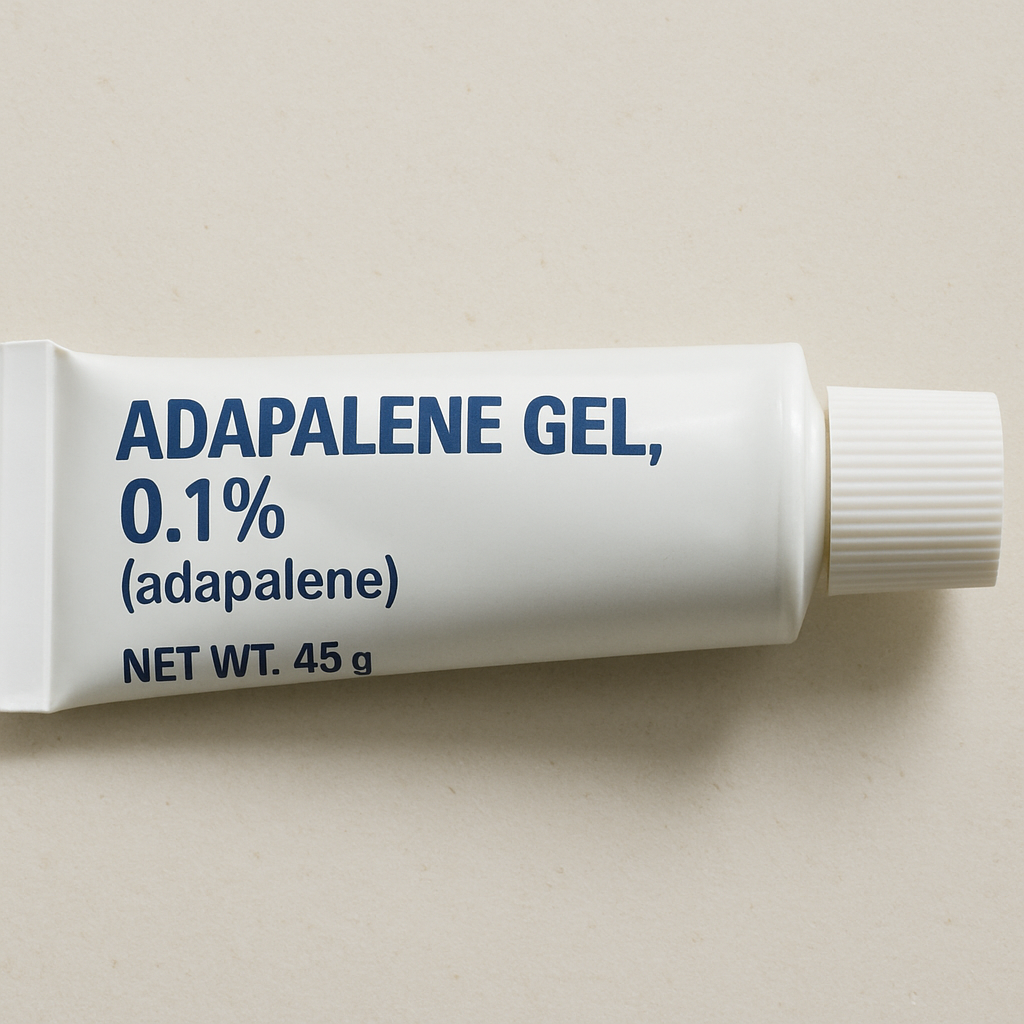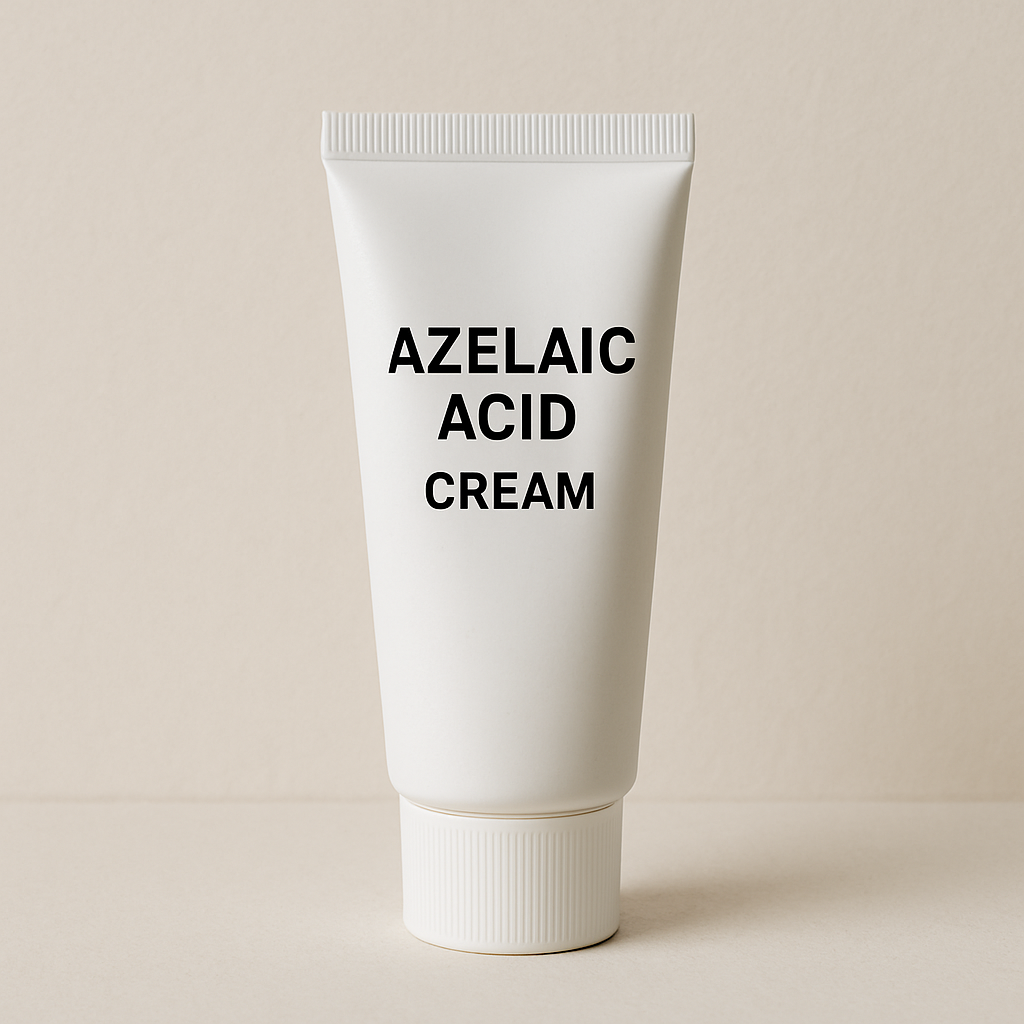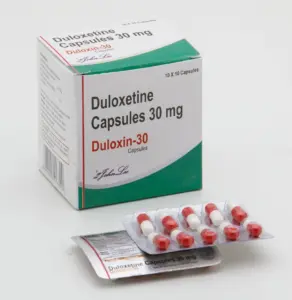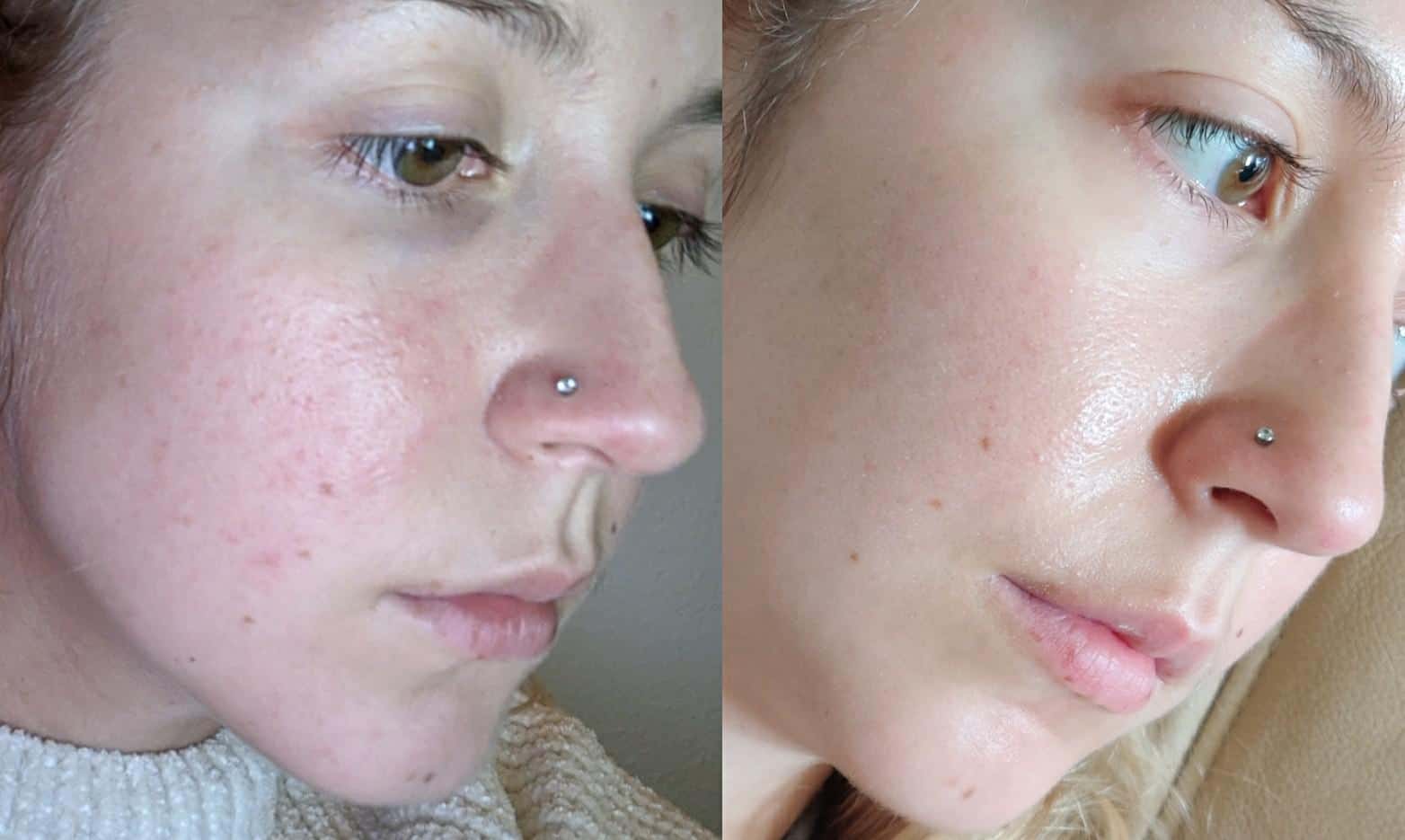In the realm of skincare, navigating through the myriad of available products can be overwhelming. Among these, adapalene gel and azelaic acid stand out as popular choices for those seeking to enhance their skincare routine, particularly in addressing acne and improving skin texture. This comprehensive guide delves into the unique properties, benefits, and applications of these two ingredients, providing a detailed comparison to help you make informed decisions for your skincare needs.

Adapalene gel is a topical retinoid, a category of compounds derived from vitamin A. Its primary use is in the treatment of acne, but its benefits extend beyond just that. By promoting skin cell turnover, adapalene effectively aids in reducing acne and enhancing overall skin quality. Let’s explore its advantages and proper usage.
Benefits of Adapalene
- Acne Reduction: Adapalene’s mechanism involves unclogging pores and minimizing inflammation. This dual action is crucial in preventing new acne lesions from forming, offering a clearer complexion over time.
- Skin Texture Improvement: The promotion of accelerated skin cell turnover helps smooth out rough skin, diminishing the appearance of fine lines and wrinkles. This makes adapalene not only a treatment for acne but also a potent anti-aging ally.
- Anti-inflammatory Properties: Adapalene’s ability to calm irritated skin is especially beneficial for individuals with acne-prone skin. Its anti-inflammatory nature reduces redness and swelling, contributing to a more even skin tone.
How to Use Adapalene Gel
Adapalene gel is typically recommended for nightly application. However, starting with a few times a week and gradually increasing its frequency is crucial for minimizing irritation. As retinoids can make your skin more photosensitive, pairing adapalene with a broad-spectrum sunscreen during the day is essential to protect against UV damage. Additionally, it’s advisable to apply a moisturizer to counteract potential dryness and flaking.
Managing Expectations
When incorporating adapalene into your routine, patience is key. Initial usage might lead to a temporary increase in breakouts, commonly referred to as “purging.” This is normal and usually subsides as your skin acclimates. Visible improvements typically appear after consistent use over several weeks, so maintaining a regular application is vital.
Exploring Azelaic Acid

Azelaic acid is a naturally occurring dicarboxylic acid found in grains such as barley, wheat, and rye. Its antimicrobial and anti-inflammatory properties make it a versatile ingredient for treating various skin concerns. Let’s delve deeper into its uses and benefits.
Uses and Benefits of Azelaic Acid
- Acne Treatment: Similar to adapalene, azelaic acid works by unclogging pores and reducing inflammation. Its antimicrobial properties help in controlling the growth of acne-causing bacteria, providing a comprehensive approach to acne management.
- Hyperpigmentation: Azelaic acid is particularly effective in lightening dark spots and improving uneven skin tone. By inhibiting melanin production, it addresses hyperpigmentation issues, resulting in a more uniform complexion.
- Rosacea Management: Its anti-inflammatory effects are beneficial in reducing the redness and swelling associated with rosacea. Azelaic acid’s gentle nature makes it a preferred choice for individuals with sensitive skin conditions.
Application of Azelaic Acid
Azelaic acid can be used once or twice daily, contingent on your skin’s tolerance. It’s generally well-tolerated and can be incorporated alongside other treatments in your skincare regimen. Prior to widespread use, conducting a patch test is advisable to ensure compatibility with your skin. Additionally, azelaic acid’s versatility allows it to be layered with other active ingredients, enhancing its efficacy in multi-step routines.
Integrating Azelaic Acid into Your Routine
When introducing azelaic acid, start with a lower concentration to assess your skin’s response. Over time, you can opt for higher concentrations or more frequent applications as tolerated. Its gentle nature makes it suitable for long-term use, providing continuous benefits for various skin concerns.
Comparing the Two: Adapalene Gel and Azelaic Acid

by KOBU Agency (https://unsplash.com/@kobuagency)
When choosing between adapalene gel and azelaic acid, it’s essential to consider your primary skin concerns and how each ingredient aligns with your skincare objectives. Here’s a detailed comparison to guide your decision-making process.
Skin Exfoliation Products
Both adapalene gel and azelaic acid offer exfoliating properties, though their mechanisms differ. Adapalene accelerates skin cell turnover, effectively shedding dead skin cells and promoting regeneration. Azelaic acid, on the other hand, provides gentle exfoliation while reducing surface bacteria, making it suitable for sensitive skin types seeking a milder approach.
Combination Therapy
For those with multiple skin issues, using both adapalene gel and azelaic acid might yield enhanced results. This combination therapy can simultaneously address acne, hyperpigmentation, and uneven texture. However, it’s crucial to introduce each product gradually, monitoring your skin’s reaction to prevent irritation.
Tolerability and Skin Type
- Sensitive Skin: Azelaic acid is generally better tolerated by sensitive skin types due to its mild action. Its anti-inflammatory properties soothe irritation, making it suitable for delicate skin.
- Severe Acne: Adapalene gel is often more effective for individuals with severe acne, thanks to its potent retinoid action. It penetrates deeper into the skin, addressing acne at its root.
- Rosacea: Azelaic acid is favored for managing rosacea due to its ability to reduce redness and inflammation without causing irritation. Its gentle nature provides relief for those with rosacea-prone skin.
Making an Informed Decision
Choosing between adapalene gel and azelaic acid requires careful consideration of your specific skin needs and goals. Here are some factors to ponder:
Current Skincare Routine
Evaluate how each product would fit into your existing regimen. Consider the compatibility of adapalene gel or azelaic acid with other products you use. Ensuring a harmonious integration can prevent potential interactions and optimize results.
Skin Concerns
Identify your primary skin issues and choose the ingredient that best targets those concerns. If acne and hyperpigmentation are top priorities, azelaic acid might be the better fit. For severe acne and anti-aging benefits, adapalene could be more suitable.
Product Formulation
Consider the formulation and concentration of the product you’re considering. Different brands offer varying concentrations, affecting efficacy and tolerability. Consulting with a dermatologist can provide personalized guidance, helping you select the appropriate formulation for your skin type.
Conclusion
Both adapalene gel and azelaic acid offer unique benefits for skincare enthusiasts seeking to improve their complexion. Whether addressing acne, uneven skin tone, or rosacea, understanding these ingredients equips you to make informed choices for your skincare routine.
Remember, introducing new products gradually and observing your skin’s response is key to avoiding irritation. Seeking advice from a dermatologist can also provide personalized recommendations tailored to your skin type and concerns. With the right approach, you can harness the power of these skincare ingredients to achieve healthier, glowing skin.



